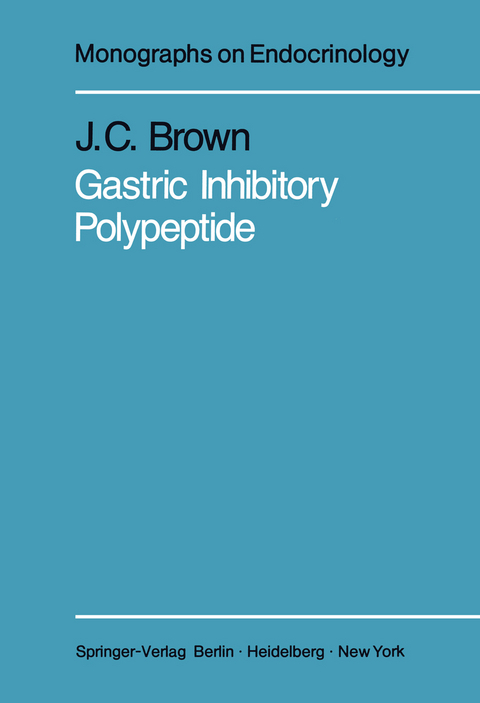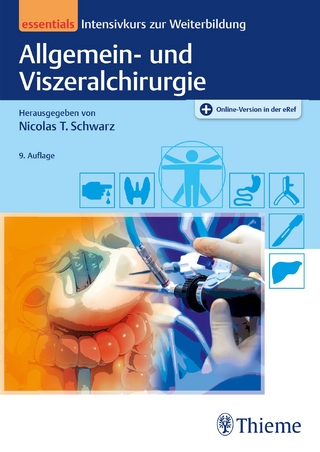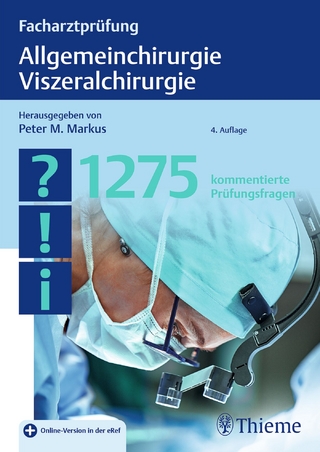
Gastric Inhibitory Polypeptide
Springer Berlin (Verlag)
978-3-642-81773-1 (ISBN)
A. Introduction.- I. Enterogastrone Concept.- II. Incretin Concept.- III. Evidence for the Existence of GIP.- B. Chemistry.- I. Isolation and Purification.- II. Amino Acid Sequence.- III. Correction to Sequence.- IV. Synthesis.- C. Physiological Actions of Exogenous GIP.- I. Gastrointestinal Effects.- II. Metabolic Effects.- D. Radioimmunoassay.- I. Development.- II. Immunordactive GIP (IR-GIP).- III. Inhibition of IR-GIP Release.- IV. Nature of IR-GIP.- E. Localization.- I. Cellular Localization.- II. Release Studies.- F. Pathophysiology.- I. Diabetes Mellitus.- II. Pancreatitis.- III. Other Gastrointestinal Disorders.- IV. Obesity.- V. Uraemia.- VI. Other Clinical Situations.- G. Summary and Conclusions.- I. Physiological Role.- II. Pathophysiological Role.- References.- Acknowledgements.
| Erscheint lt. Verlag | 14.12.2011 |
|---|---|
| Reihe/Serie | Monographs on Endocrinology |
| Zusatzinfo | XI, 88 p. |
| Verlagsort | Berlin |
| Sprache | englisch |
| Maße | 170 x 244 mm |
| Gewicht | 201 g |
| Themenwelt | Medizinische Fachgebiete ► Chirurgie ► Viszeralchirurgie |
| Medizinische Fachgebiete ► Innere Medizin ► Endokrinologie | |
| Medizinische Fachgebiete ► Innere Medizin ► Gastroenterologie | |
| Medizinische Fachgebiete ► Innere Medizin ► Hepatologie | |
| Schlagworte | biosynthesis • cholecystokinin • Diabetes • Diabetes mellitus • Gastric inhibitory polypeptide • Glucagon • hepatology • Hormone • Insulin • Obesity • pathophysiology • Physiology • Research • tissue |
| ISBN-10 | 3-642-81773-4 / 3642817734 |
| ISBN-13 | 978-3-642-81773-1 / 9783642817731 |
| Zustand | Neuware |
| Haben Sie eine Frage zum Produkt? |
aus dem Bereich


